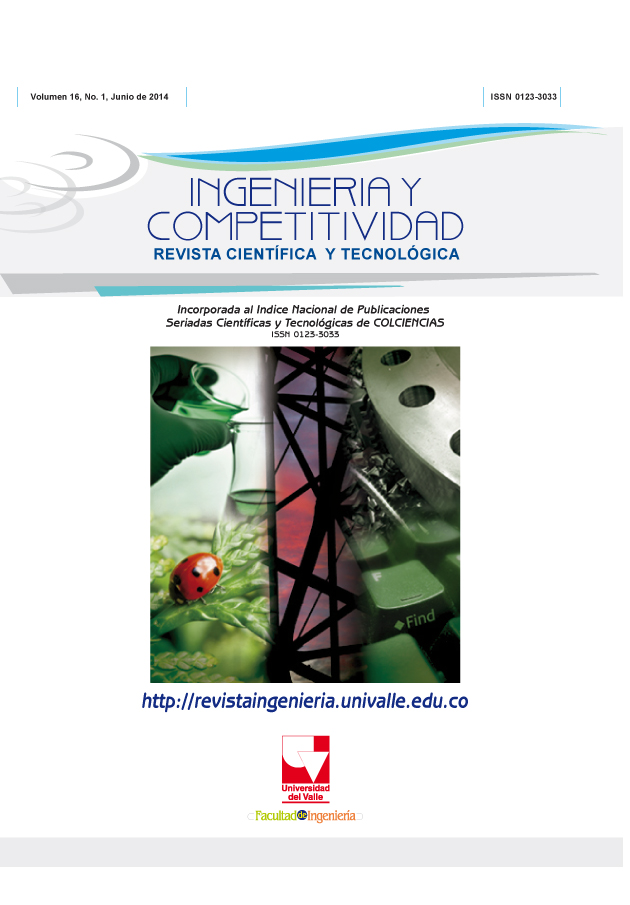Propuesta de modelo de intersecciones de tránsito utilizando redes de Petri difusas adaptativas
Contenido principal del artículo
A medida que se avanza en el desarrollo de la ciudad, aumenta el número de vehículos, accidentes y congestión proporcionalmente. Un sistema de tráfico vehicular se comporta como un sistema a eventos discretos; y debido a las variaciones que influyen en la congestión, su modelo y control se convierten en una tarea compleja. Las Redes de Petri (Petri Nets) son una de las herramientas poderosas para el modelamiento de sistemas de eventos discretos de manera gráfica y matemática. En algunos sistemas existe poca información, datos inexactos y/o cambios permanentes en el modelo del sistema. Esto ha llevado a las técnicas de modelado a trascender a técnicas de adaptación y representación del conocimiento humano mediaste sistemas computacionales bio-inspirados, como las Redes Neuronales (Neural Networks) y la Lógica Fuzzy (Fuzzy Logic). Dichas técnicas son estructuradas en este trabajo como el modelado aproximado mediante el aprendizaje de un sistema concurrente discreto, bajo las redes de Petri Difusas para la representación del conocimiento mediante reglas de inferencia y las Adaptativas para la reacción ante un entorno caótico como un sistema de tráfico vehicular.
- control de tráfico vehicular
- redes de petri
- redes de petri difusas adaptativas.
Descargas
Los autores que publican en esta revista están de acuerdo con los siguientes términos:
Los autores ceden los derechos patrimoniales a la revista y a la Universidad del Valle sobre los manuscritos aceptados, pero podrán hacer los reusos que consideren pertinentes por motivos profesionales, educativos, académicos o científicos, de acuerdo con los términos de la licencia que otorga la revista a todos sus artículos.
Los artículos serán publicados bajo la licencia Creative Commons 4.0 BY-NC-SA (de atribución, no comercial, sin obras derivadas).





